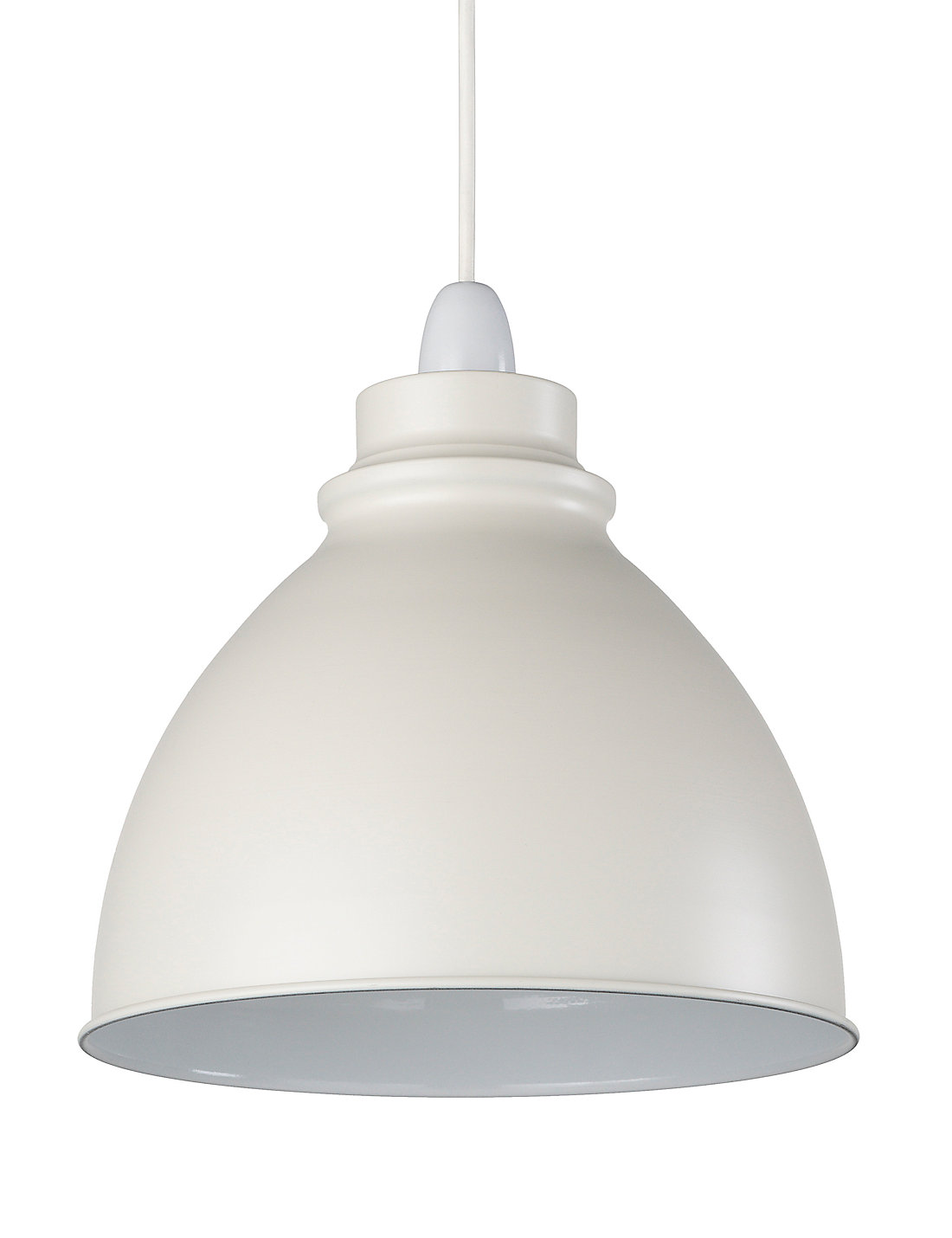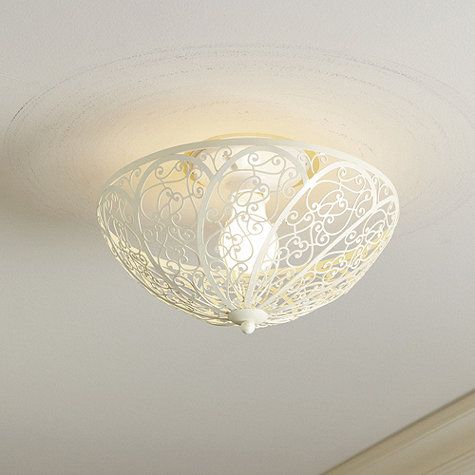
Urticaceae leaves were sampled from 12 plants in sunny, open environment and 12 plants in shade environment. The selected herbivores were Orthoptera: Tettigoniidae (grasshoppers) and larval Lepidoptera (caterpillars).Ī total of 26 grasshoppers and 14 caterpillars were starved for 9 hours, and then placed individually into a 14 x 17 cm Ziploc bag blown with air, with a small wet cotton ball. Only plant species that showed signs of herbivory and the insects that consumed them were used for the feeding test. To determine which insects consume medicinal plants, I subjected Orthopterans, Coleopterans, and larval Lepidopteras to a 12-hour long feeding trial, using leaves from Winteraceae, Verbenaceae, and Urticaceae.
Lighting and shade control strategies trial#
I predicted that to compensate for the limited light, the shade plants would invest more in leaf growth, and thus have larger leaf size, show lower number of stinging hairs, and suffer greater herbivory, while the light plants would exhibit opposite trends.įeeding Trial and Selection of the Plant and Herbivores Alternatively, the plants exposed to more sunlight may make more anti-herbivore investment due to the abundant resources, while the shade plants focus more on leaf growth and sacrifice anti-herbivory characteristics. One hypothesis is that the limited availability of light in shade may make the production of leaves more costly and cause the plants to invest more in defense quality or quantity to reduce their losses.

The species appears to have adapted to both light and shade environments, and understanding the nature of chemical defenses along different quality habitats may help further current understanding of how biotic and abiotic factors control the quality and quantity of plants’ defense strategies. A number of studies have reported its antiviral activity against HIV, diuretic and hypotensive effects, and medicinal usefulness for treating prostatitis and prostate hyperplasia (1-3). It is found in high elevations such as around the biological station of Cerro de la Muerte, Costa Rica, and one species (Urtica dioica) is locally used as an anti-inflammatory aid for arthritis and rheumatism. Urticaceae is a stinging nettle family known for its stinging trichomes that incorporate both physical and chemical defenses. Among these, much attention has been given to secondary metabolites that potentially have pharmaceutical or industrial uses. Herbivory pressure has influenced plants to evolve with structural, chemical, and other forms of defenses. Results indicated further patterns in anti-herbivore defenses related to leaf maturation.

Leaf size, stinging hair properties, and herbivory test differed with light conditions. I tested the hypothesis that it adjusts allocation between leaf growth and defense according to resource availability. In Cerro de la Muerte, Costa Rica, it is found in both shade and light conditions.

Urtica dioica contains medically useful antiviral and anti-inflammatory agents, and thus understanding factors that influence production of such compounds may prove beneficial.


 0 kommentar(er)
0 kommentar(er)
